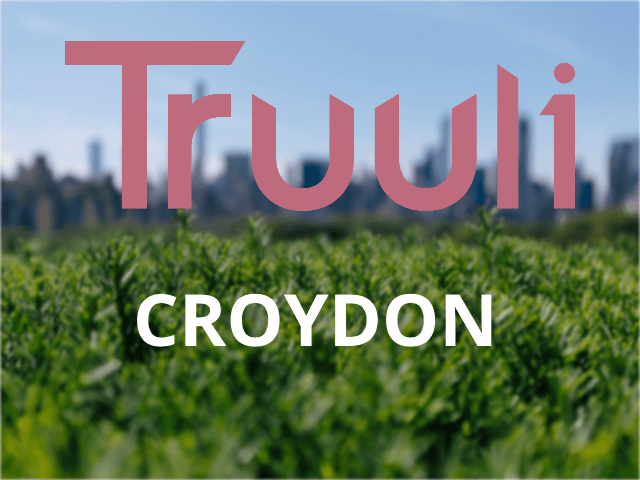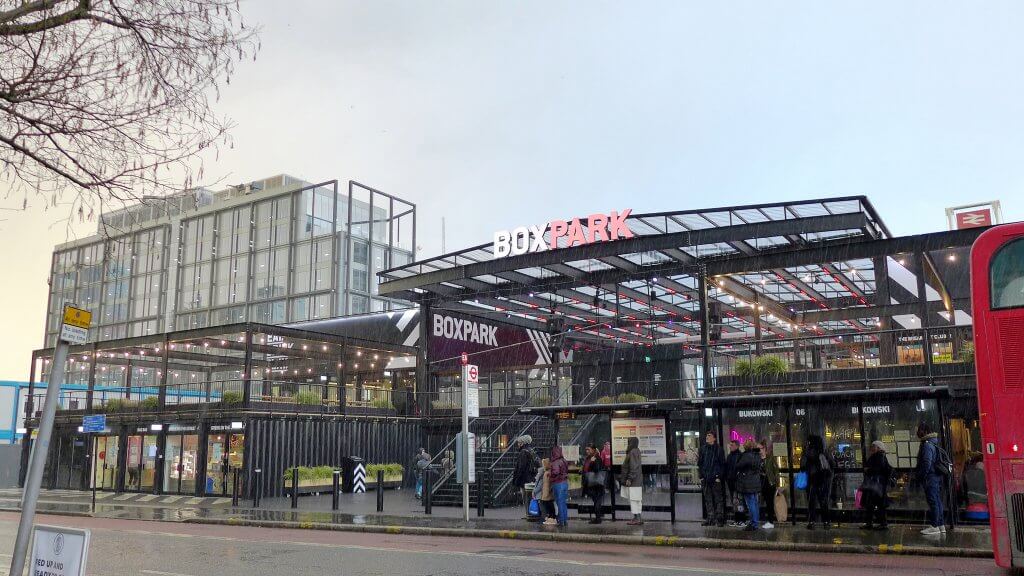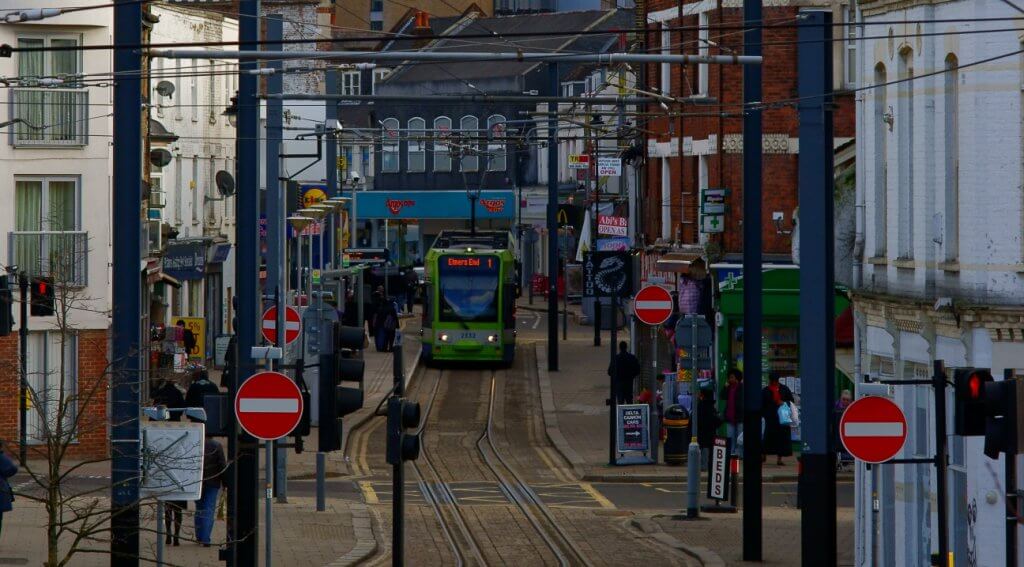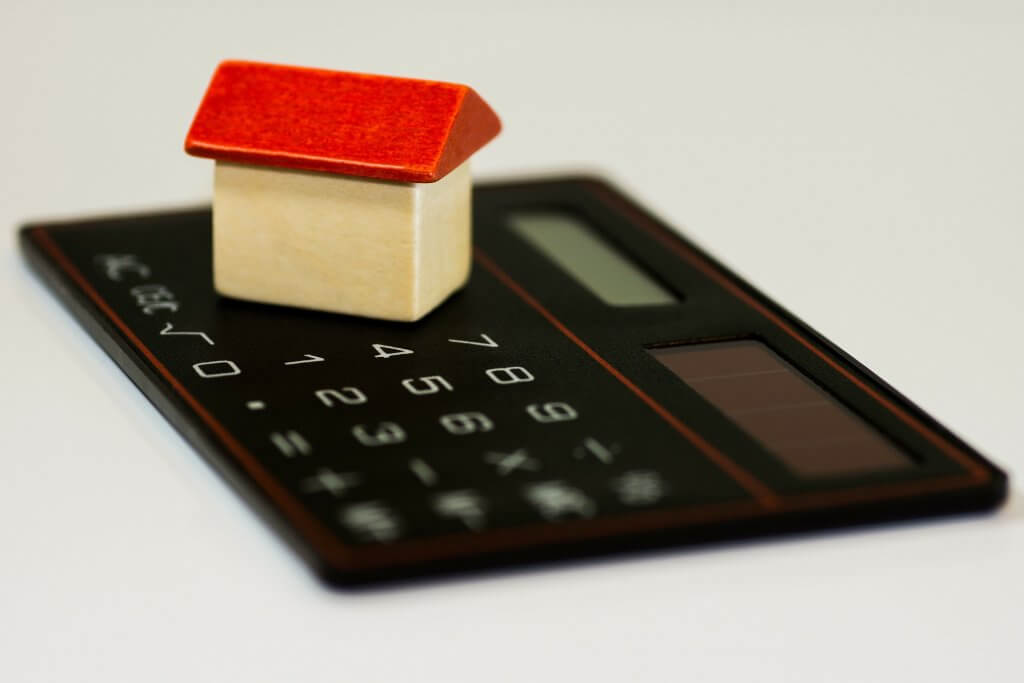House viewing tips and tricks
It’s essential that you make the most of a property viewing to ensure that you’re as informed as you possibly can be when it comes to making an offer
The average viewer spends 20 minutes viewing a property before making an offer, Don’t remember the things you should have looked for after you have left.
1. Is there damp?
The main giveaway signs are a mouldy smell, flaky plaster, and watermarked walls or ceilings. It sounds obvious, but make sure you look closely near the ceiling and around the skirting boards. Another clue might be if the room has just been repainted – possibly covering any damp
2. Is the building structurally sound?
Big cracks are what you are looking for – but you should expect some hairline cracks. Look especially around where extensions join, end-of-terrace walls, and bay windows, all of which can start to fall or bow away from the rest of the house. You’re looking for issues now that you can ask the homeowner or estate agent about and then ask your surveyor to investigate later. But you can only look for what you know; a chartered surveyor with years of experience is trained to spot risks and know what needs attention. For more information on whether you need a surveyor see What sort of survey should I have?
3. How much storage space is there?
Storage space is a valuable but often overlooked asset. Where will you keep your vacuum cleaner, towels, spare linen, and boxes of junk? Is there room for cupboards or shelves to be built in? Especially in newly built houses, storage space can be scarce.
4. Which way does the house face?
In winter, during a cloudy day or at night, it is difficult to tell the difference between a north and south facing house or garden – but in summer it can make the difference between a home that is full of light and warmth, and one that is frustratingly dark. Your favourite plants might notice too, and protest by dying. Don’t be shy about taking a compass with you to the viewing – you might have one on your phone. With bi-fold doors all the rage, be aware that in moments of sunshine the solar gain can make the room unbearably warm, so try to visit and spend some time in that room when the sun’s out.
5. Are the rooms big enough for your needs?
We’ve heard of new build home developers putting smaller furniture in rooms to make them seem bigger. Be warned! Assuming you won’t be buying all new furniture as soon as you move in, will your existing furniture fit?
Buying a new build home? Get a snagging surveyor to check eveything is up to scratch
6. Have you been fooled by staging?
Cleverly placed mirrors, strategic lighting, delicious smells, cosy fires, and fresh licks of paint are all tricks sellers use to make their home more appealing. It’s nice to feel you can move straight in without having to do a thing, but try to remain objective. And if their furnishing make the space, take photos and ask what they are leaving behind. Perfect light fittings, for example, can take an age to find and replace!
7. Do the window frames have cracking paint? Is the double-glazing intact?
The state of the external window frames is a great indicator of the state of the house – if people have invested in and looked after those, they are likely to have taken great care of the rest. If you can easily push your finger into wooden window frame, they are usually rotten. If there is condensation between double-glazed window-panes it means that they are faulty. New windows need to be installed by a registered approved inspector so you should get a FENSA or similar certificate, which often come with guarantees. Ask if this is the case.
8. How old is the roof?
Replacing a roof is an expensive business, and newer roofs have a life expectancy of only 15-20 years, depending on the materials
Also, if the property has a flat or nearly flat roof, check out the material with which it sealed. Nowadays a membrane is used and is better than asphalt and gravel, which can leave seams and edges unsealed
9. Are there enough power points and what condition are they in?
Dodgy wiring can be dangerous, and rewiring your new home can be an expensive business. Also check out the fuse board – often an indication of the state of the wiring but a survey will confirm if it needs replacing. Having enough plug points is apparently a big selling point in our increasingly gadget driven world so worth taking note on the way round.
10. Is the plumbing up to scratch?
Run the taps to check the water pressure. Ask if the pipes are insulated, and ensure they are not lead which would have to be replaced. Do the radiators actually work? How old is the boiler? If the hot water tank is situated in the roof it is probably an old one, and may have to be replaced soon
11. Is the property adequately sound-proofed?
If the sellers have the radio or television on ask for it to be turned down to ensure that you can’t hear your neighbours’ every word.
12. What’s the attic like?
People often ignore the attic, but it is an important part of the house. How easy is it to access? Is there much storage space? Could it be converted into extra rooms? Is there insulation? The latter can make a huge difference to your bills and general comfort in winter.
13. What’s the area like?
- Are you near a pub or bar or kebab shop that becomes rowdy in the evening?
- Can you walk to shops to get a pint of milk, or do you have to drive?
- Is it easy to get to public transport?
- Are there noisy roads or train tracks nearby?
- Are you underneath a flight path?
- Is there a local dump in smelling distance?
- Are you near a school that makes it impossible to get out of your drive at school run time?
And most importantly, does it feel like you could make it your home?
If you do like a property, arrange another viewing for a different time of day, and scout out the local area a bit more. If you can, take somebody with you who might be able to notice things you don’t.
House viewing tips and tricks Read More »









